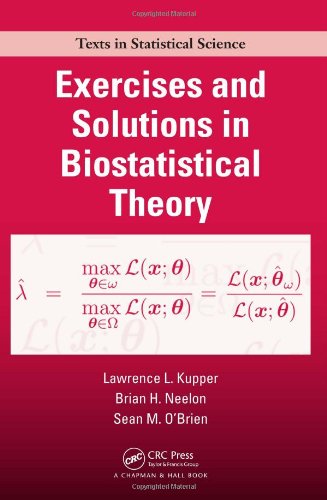

Most ebook files are in PDF format, so you can easily read them using various software such as Foxit Reader or directly on the Google Chrome browser.
Some ebook files are released by publishers in other formats such as .awz, .mobi, .epub, .fb2, etc. You may need to install specific software to read these formats on mobile/PC, such as Calibre.
Please read the tutorial at this link: https://ebookbell.com/faq
We offer FREE conversion to the popular formats you request; however, this may take some time. Therefore, right after payment, please email us, and we will try to provide the service as quickly as possible.
For some exceptional file formats or broken links (if any), please refrain from opening any disputes. Instead, email us first, and we will try to assist within a maximum of 6 hours.
EbookBell Team

4.4
82 reviewsDrawn from nearly four decades of Lawrence L. Kupper’s teaching experiences as a distinguished professor in the Department of Biostatistics at the University of North Carolina, Exercises and Solutions in Biostatistical Theory presents theoretical statistical concepts, numerous exercises, and detailed solutions that span topics from basic probability to statistical inference. The text links theoretical biostatistical principles to real-world situations, including some of the authors’ own biostatistical work that has addressed complicated design and analysis issues in the health sciences.
This classroom-tested material is arranged sequentially starting with a chapter on basic probability theory, followed by chapters on univariate distribution theory and multivariate distribution theory. The last two chapters on statistical inference cover estimation theory and hypothesis testing theory. Each chapter begins with an in-depth introduction that summarizes the biostatistical principles needed to help solve the exercises. Exercises range in level of difficulty from fairly basic to more challenging (identified with asterisks).
By working through the exercises and detailed solutions in this book, students will develop a deep understanding of the principles of biostatistical theory. The text shows how the biostatistical theory is effectively used to address important biostatistical issues in a variety of real-world settings. Mastering the theoretical biostatistical principles described in the book will prepare students for successful study of higher-level statistical theory and will help them become better biostatisticians.